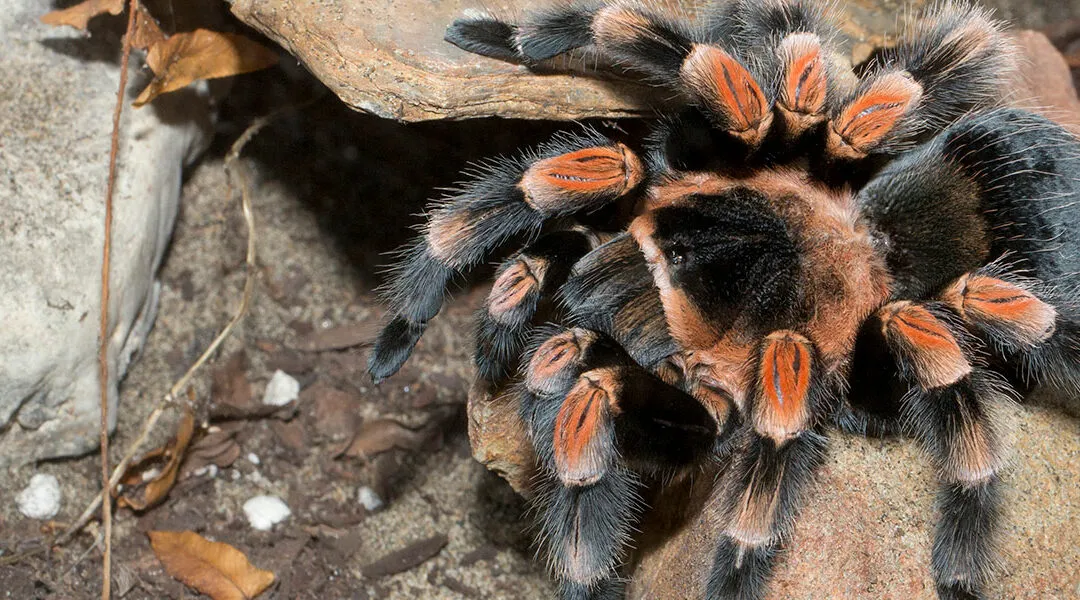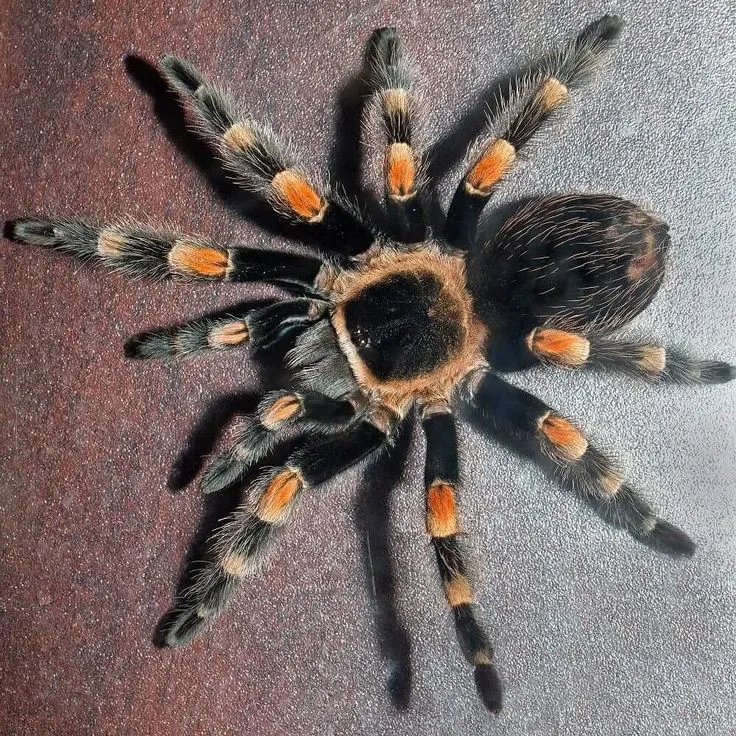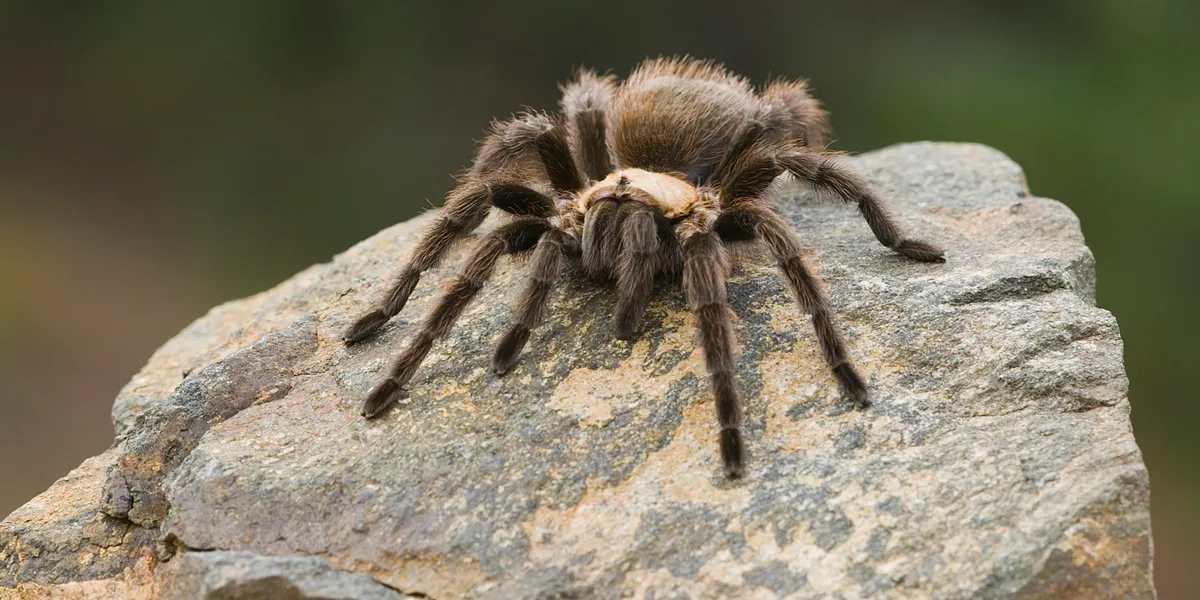Tarantula San Francisco Facts Amazing Facts
San Francisco, a city renowned for its iconic landmarks and vibrant culture, might not be the first place that comes to mind when you think of tarantulas. However, these fascinating arachnids do indeed make their home in and around the Bay Area. Understanding the presence of tarantulas in San Francisco offers a unique perspective on the region’s biodiversity. While not as commonly sighted as some other local wildlife, tarantulas play a role in the ecosystem and have adapted to the diverse habitats found within and around the city. The presence of tarantulas in San Francisco highlights the importance of preserving natural spaces amidst urban development. Learning about these creatures can foster a greater appreciation for the local environment and the often-overlooked aspects of the region’s rich ecosystem.
San Francisco Tarantulas What Species Live There
While several species of tarantulas can be found in California, the most commonly encountered in the San Francisco Bay Area is the California Ebony Tarantula (Aphonopelma eutylenum). This species is well-adapted to the varied climates of the region, from coastal areas to inland hills. They are typically dark in color, often appearing black or dark brown, and blend well with the natural surroundings. The California Ebony Tarantula is a burrowing species, often found in grasslands, chaparral, and oak woodlands. These tarantulas are generally docile but can defend themselves if threatened. It is important to recognize that identifying specific tarantula species can be challenging, as their appearance can vary slightly depending on their age and the environment they live in. Consulting with local experts or wildlife organizations can help confirm species identification and provide additional insights into their behavior and habitats.
Common Types of Tarantulas in San Francisco

Although the California Ebony Tarantula is the most frequently observed tarantula in the San Francisco area, other tarantula species might be encountered, though less commonly. These could include variations or closely related species within the Aphonopelma genus. These tarantulas, like the California Ebony Tarantula, are native to the region and have adapted to the local climate and terrain. The variations in species can often be seen in the size, coloration, and behavior of the tarantulas. Due to the challenges of precise identification, it is always best to consult with local resources to identify exactly what species you may have observed, as this aids conservation efforts and provides valuable data on the biodiversity of the area. Knowing the differences between the most common and any less frequent species is key to understanding their habitats and any conservation needs they may have.
Where to Spot Tarantulas in San Francisco
Tarantulas in San Francisco can typically be found in specific habitats within the region. Prime locations often include grasslands, oak woodlands, and chaparral environments, especially areas with undisturbed soil suitable for burrowing. Parks and open spaces within the city limits, as well as areas just outside, are ideal places to search. Look for them in areas that offer a mix of sun and shade, providing them with appropriate temperature regulation. The best time to spot tarantulas is during the mating season, typically from late summer to early fall, when males are actively searching for mates. It is always best to observe tarantulas from a safe distance, respecting their natural habitat. Hiking trails in areas with suitable habitats can increase your chances of seeing them. Some areas known for tarantula sightings include Mount Sutro Open Space, Golden Gate Park, and the Presidio.
Tarantula San Francisco Behavior
Tarantula behavior in San Francisco, like in any other location, is largely dictated by their life cycle, environmental factors, and survival instincts. The California Ebony Tarantulas, the most common in the area, are primarily nocturnal, meaning they are most active during the night. During the day, they typically stay in their burrows to avoid predators and conserve moisture. The primary behavior of tarantulas involves hunting and feeding, as well as mating. Males will leave their burrows in search of a mate, often traveling significant distances. Females, however, typically remain in their burrows, waiting for males to come to them. When threatened, tarantulas may exhibit defensive behaviors, such as raising their front legs or flicking urticating hairs. Understanding their behavior helps to predict when and where they might be encountered, and also to understand how to best coexist with them.
Tarantulas Diet in San Francisco

The diet of San Francisco tarantulas consists primarily of insects and other invertebrates that they can catch. Young tarantulas, or spiderlings, may start with smaller prey like fruit flies or other tiny insects. As they grow, their diet expands to include larger insects such as crickets, grasshoppers, beetles, and even other spiders. Tarantulas are ambush predators, meaning they wait for their prey to come near their burrow entrance before launching an attack. They use their fangs to inject venom into their prey, paralyzing it and allowing them to consume the meal. Because of the size of tarantulas, their diet plays a role in the balance of the local ecosystem. They are a form of natural pest control, helping to keep insect populations in check. The availability of prey in their habitat directly impacts the tarantula’s health and growth.
What Tarantulas Eat
Tarantulas are carnivores, and their diet is largely determined by the availability of insects in their environment. Common food sources include crickets, grasshoppers, and beetles, all of which are plentiful in their natural habitats. The tarantulas are opportunistic hunters and will eat anything they can overpower. Their hunting behavior often involves waiting for prey to come close to their burrows before striking. Their fangs are used to inject venom, which paralyzes their prey. After immobilizing the prey, the tarantula uses enzymes to digest the soft tissues of the insect, which they then suck up. The diet of tarantulas is important for their health and growth, with larger prey supporting faster development. This makes the presence of a diverse insect population essential for a healthy tarantula population.
Predators of San Francisco Tarantulas
San Francisco tarantulas, like all creatures in the wild, face predators. Despite their large size and intimidating appearance, tarantulas are vulnerable to predation, especially when they are young or during molting. Common predators of tarantulas include birds of prey, such as hawks and owls, which hunt them from the air. Other predators include mammals such as coyotes and foxes, and sometimes even other tarantulas, especially during mating or territorial disputes. The presence of predators impacts the behavior and survival of tarantulas. They often hide in their burrows during the day and only come out at night to reduce their chances of being preyed upon. Understanding the predators of tarantulas is essential for understanding the whole ecosystem.
Tarantulas Breeding Season in San Francisco

The breeding season for tarantulas in San Francisco usually occurs from late summer to early fall. During this period, male tarantulas, who have reached maturity, leave their burrows in search of a mate. They travel across the landscape, often covering significant distances, following pheromone trails left by receptive females. When a male finds a female’s burrow, he will carefully approach and begin a courtship ritual to avoid being mistaken for prey. If the female is receptive, they will mate. The female will then lay her eggs in a silk egg sac, which she protects until the spiderlings hatch. The breeding season is a crucial time for tarantulas, as it ensures the continuation of the species. It is also the best time to spot male tarantulas, as they are more active and visible during this period.
Tarantula San Francisco Conservation Status
The California Ebony Tarantula, the most common species in San Francisco, is not currently listed as endangered or threatened. However, their populations can be affected by habitat loss, pesticide use, and climate change. As the city develops and natural habitats shrink, tarantula populations may be impacted. Conservation efforts focus on preserving natural spaces, educating the public, and monitoring populations. Protecting their habitats and promoting responsible land management practices will help ensure the continued presence of tarantulas in the area. Individual actions, such as avoiding the use of pesticides in your own gardens, can contribute to the conservation of these amazing creatures. Support for wildlife organizations and local conservation projects is also essential for their preservation.
Tarantula San Francisco FAQs
Here are some frequently asked questions about tarantulas in San Francisco:
Are tarantulas dangerous? Generally, tarantulas are not considered dangerous to humans. Their bite can be painful, but it’s typically no more serious than a bee sting. However, allergic reactions are possible.
What should you do if you encounter a tarantula? Observe from a distance. Avoid touching or provoking the tarantula. If you find one in your home, it’s best to contact a wildlife removal service for assistance.
Can you keep a tarantula as a pet? While it is possible to keep tarantulas as pets, it is important to understand their specific needs, including habitat and diet. Research and responsible pet ownership are crucial.
Are tarantulas venomous? Yes, tarantulas are venomous, but their venom is not usually life-threatening to humans. They use their venom to subdue their prey.
Understanding these FAQs will help you to better understand and appreciate these creatures.
